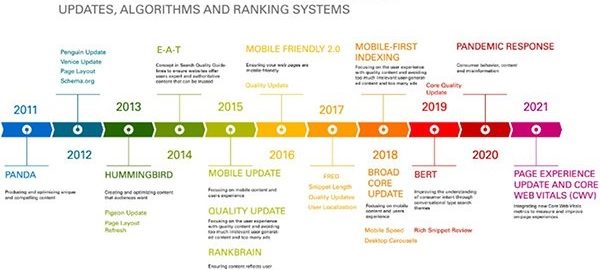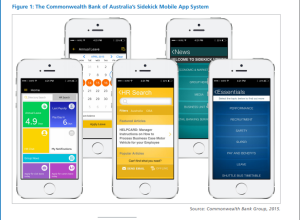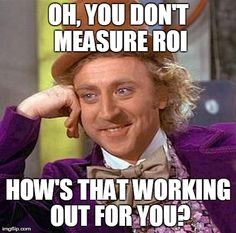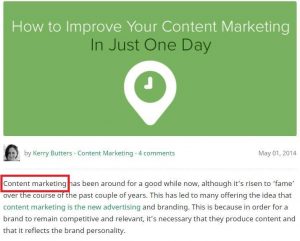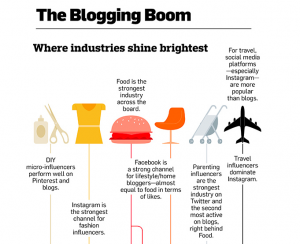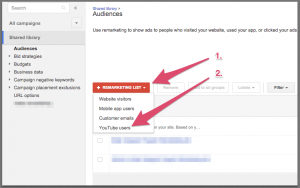5 Search Trends That Are Here To Stay
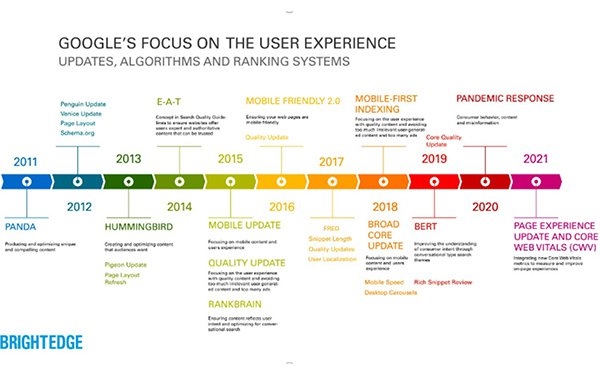
Every aspect of how people work, live, shop and spend leisure time has changed due to COVID-19 — and some of these trends are here to stay.
According to the U.S. Department of Commerce, online retail sales increased 32% from fourth quarter of 2019 to the fourth quarter of 2020 due to COVID-19, representing an estimated $207 billion in sales.
Fourteen percent of the total retail sales for the quarter was conducted online.
Below are five ways that COVID-19 has permanently changed the search landscape, and some ways that smart businesses can learn from the corresponding trends that are here to stay.
How We Understand Consumer Behavior and Intent
Twenty-seven percent of respondents to the 2020 Microsoft consumer insights survey advised that they had increased their shopping at local independent retailers in 2020. Meanwhile, Google reported a 20,000% increase year-over-year in “support local business” searches, and queries for curbside pickup increased 3000%.
Google reported a twofold increase in searches for “minimalism,” as people realized — either by design or economic necessity — that they could manage with less.
Microsoft also found an increase in “do-it-yourself” searches, as consumers gained confidence (and time at home) to try new things.
Throughout the course of the COVID-19 pandemic, we have learned just how risky it is to rely solely on historic performance as indicative of future performance.
Through search, consumers share their specific needs and the intent driving them in real-time.
Search is the voice of the consumer, and smart marketers will pay attention and pivot to meet the new focus.
An Increasing Focus on User Experience
Google is set to roll out its page experience update that will prioritize and reward the achievement of “user experience metrics including mobile-friendliness, safe browsing, SSL certification, and intrusive interstitials, as well as Core Web Vitals.”
The Core Web Vitals are:
- Largest Contentful Paint (LCP): how long the main content takes to load — ideally 2.5 seconds.
- First Input Delay (FID): The delay between the user’s interaction and the browser’s response — within 100 milliseconds.
- Cumulative Layout Shift (CLS): How content loaded onto a page impacts existing content — do ads push content out of the way, for example.
- While much of this is just good web design, Google has signaled that sites will be rewarded for positive user experiences.
As mobile World Wide Web interactions grow, how a web page displays on a mobile device is vital.
In 2019, Google added mobile-first indexing to its search algorithms.
Digital commerce leapt from 37% to 80% of total retail spending during the pandemic, and businesses with mobile-friendly sites have an advantage.
A mobile-first mentality means that visitors have access to the same information, whether on desktop or mobile, high quality content, images and video, easy navigation and simple ways to connect with support. This design will help businesses attract and keep customers — and Google will reward that improved experience with better rankings, as a result.
The Growing Importance of Semantics & Context
With Google’s shift to Natural Language Processing, semantics and context in search results deliver a more positive user experience. Meeting search intent is a lot more than which keywords you use; a cookie means very different things to a programmer and a baker, after all.
Understanding the context of a searcher’s need requires that we use search insights to form a more holistic view of the person behind the query. What does the device they’re using, their on-site behavior, the time of day and day or week they’re searching, their location, etc. tell us about their specific need?
Building personas based on what we know about existing customers and market research is a reactive approach. The trend going forward is to personalize content and experiences in real-time based on a deep understanding of the context driving the interaction.
Expanding Roles of Search Data and Business Intelligence
Even the most forward-thinking companies missed “global pandemic” in their 5-year projections, and millions were left scrambling to meet a consumer demand no one could have predicted. Data-driven business decisions can help businesses navigate the uncharted waters, and research finds that data-driven companies will beat their retail goals by 58%.
With greater emphasis on context and user-experience, both macro and micro analysis of the data will be essential for continued business success.
However, not all data is good data, and it’s easy to get lost in a sea of numbers.
Advancements in AI and machine-learning means technology can process large volumes of data quickly, identify and flag trends and issues, and provide real-time data analysis of trends and patterns. In addition, intelligent automation enhances this analysis with machine learning.
This is key in taking all of that data, adding it to information already stored about your customers, and using it to deliver a more personalized (and therefore positive) user experience.
SEO as the Key Driver of Digital Marketing Strategy
Search is the real-time voice of the customer.
That became more evident during COVID-19 and smart marketers will continue making good use of search insights in the future. Left with no option but online, customers began and ended their searches online, and agile businesses were able to capitalize and convert the search results into sales by pivoting to meet changing customer demand and priorities.
Now more than ever, marketing channels must work together — PPC, content, email and more. Increasingly, SEO holds the key to unlocking holistic, cross-channel digital marketing success, especially when paired with data-driven personalized visitor experiences.
Just as COVID-19 drove even the most reluctant user online, it also forced businesses to pivot to meet rapidly changing customer demands and priorities.
Many of the trends are here to stay, and savvy companies will be watching search trends and utilizing business intelligence to understand business impact, anticipate changes and catch the next wave of online opportunity.
(30)
Report Post